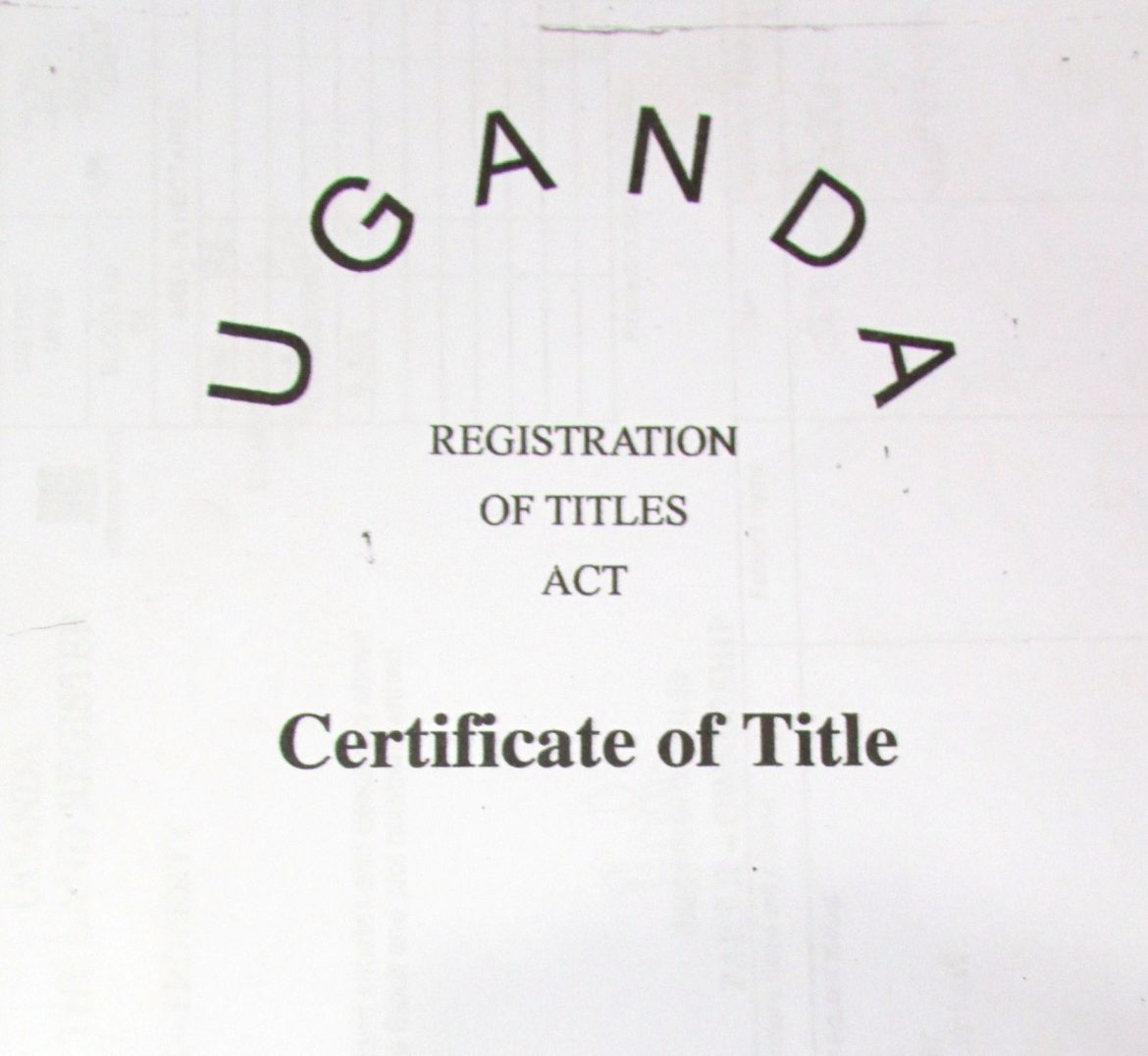
CUSTOMARY LAND TENURE IN UGANDA
Customary land owned by community members, consent of the community members is required for any land transaction while for land owned by a family, consent of the spouse and children must be obtained.
Customary land can also be converted to freehold land where the owners wish to change it. (Section 9 of the Land Act)
Under customary systems, the land is owned and disposed of under customary regulations. The land can be owned by an individual, a family, or a community, and is the most dominant system in Uganda. Under this tenure, proper records are not kept which makes it difficult to purchase land and resolve land-related conflicts. The inherent insecurity leads to mismanagement and degradation, as little personal interest in the land exists.
Types of Customary Land
1. Customary communal land; where persons or communities share ownership or use of land for a common purpose. A particular group of people in a particular area for purposes like grazing, water source, and firewood collection, wild fruits and vegetables, fishing, harvesting honey, and white ants, cutting papyrus, etc, communally owns the land. In most cases, the rights to access this land are inherited.
2. Customary family land; is where the head of the family or clan may be said to ‘own’ the land. Its utilization is usually controlled by the family head, elders, clan heads, or a group in its well-defined administrative structures. The family heads are responsible for protecting the land and ensuring that every family member gets the right to use some part of the land. Family land is inherited within the family. The management of the land is passed down from parents to children and their family members but kept within the family.
3. Individual customary land; is where an individual is said to ‘own’ land because the land was allocated to them, to use or own permanently, or they inherited the land or purchased the customary land as an individual. This will include the right to allocate potions of the land to the next generation.
Customary land is very different from Kabaka’s land or official mailo.
What is “Kabaka’s Land”?
During the 1900 Buganda Agreement, all land in Buganda was divided into two; crown land, which was under the control of the colonial government, and mailo land.
This mailo land was also divided into two; Official mailo and private mailo.
Official mailo includes the land given to the Kabaka (350 square miles) and the ssaza chiefs who got eight square miles, among others.
The 350 square miles is the land that is currently managed by the Buganda Land Board. This land is predominately found in suburbs such as Nansana, Munyonyo, Buziga, Konge, Kigo, Maganjo, Kagoma, and Ganda, among others.
One cannot buy and own the “Kabaka’s land”. The reason why they only give leases on this land. The difference between “kabaka’s land” and private mailo is that a buyer is only given a leasehold title for the Kabaka’s land while for private mailo one can get either a leasehold title or an outright transfer.
Buying land is easy more so if you have the money at hand. But always be mindful of the type of tenure of the land in question.
At Luba Properties, all the land we sell is private mailo which means the land is titled and can be owned forever and can be passed on to the next generation. Give us a call on 0773259007/ 0757444666 or email us at info@lubaproperties.ug



